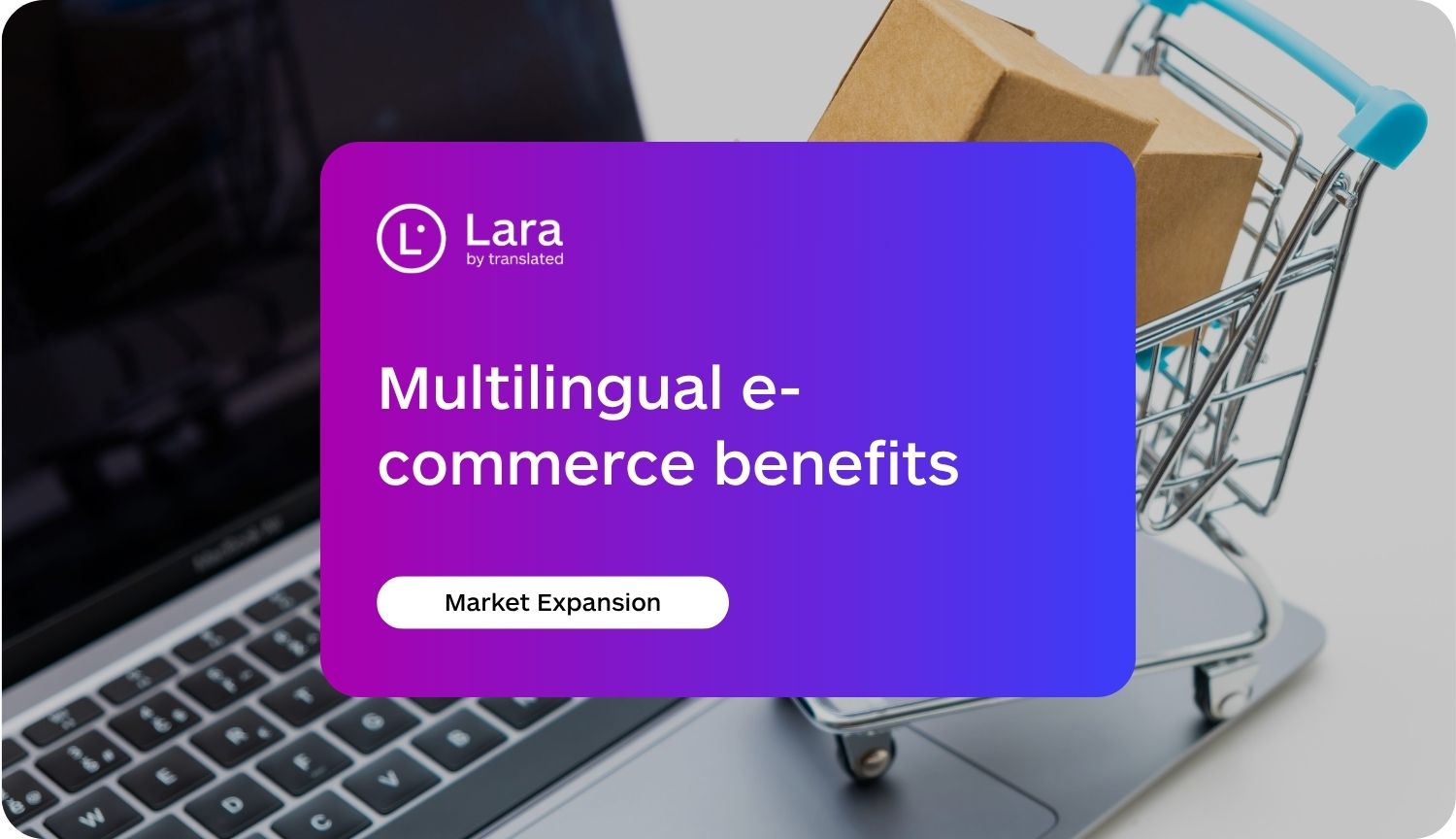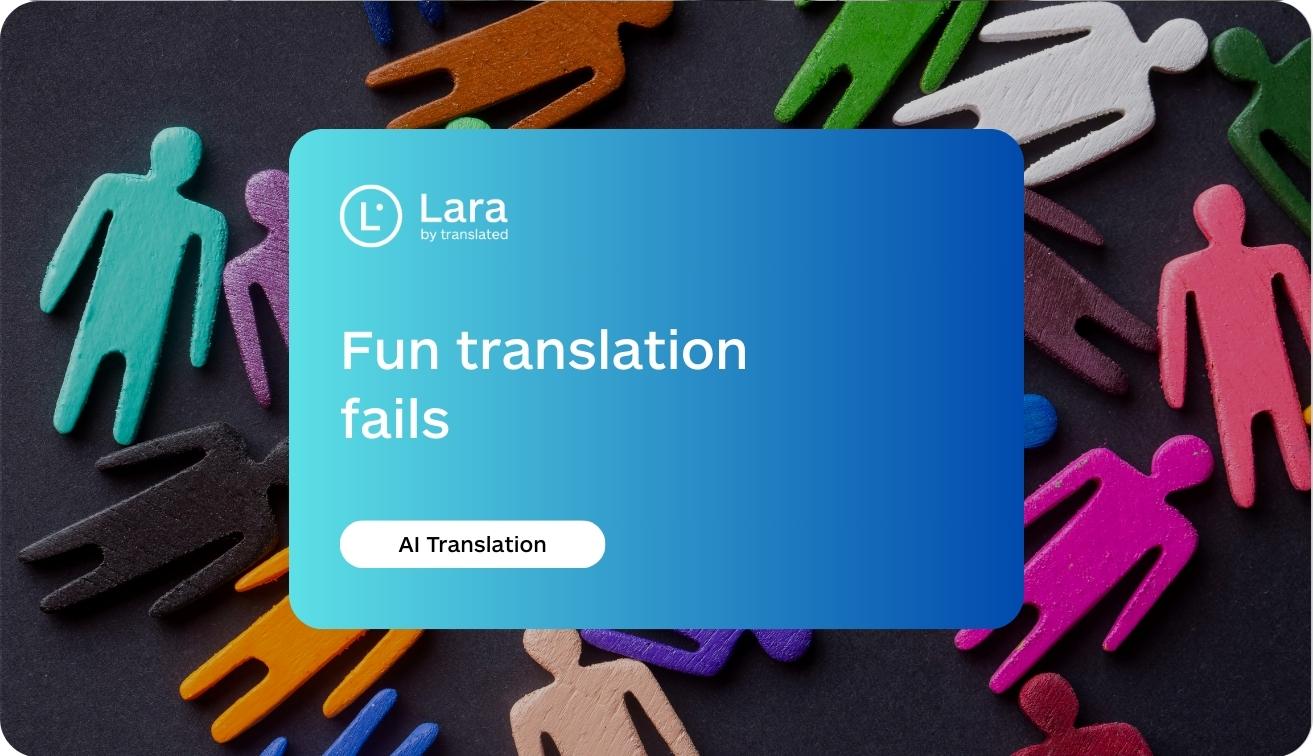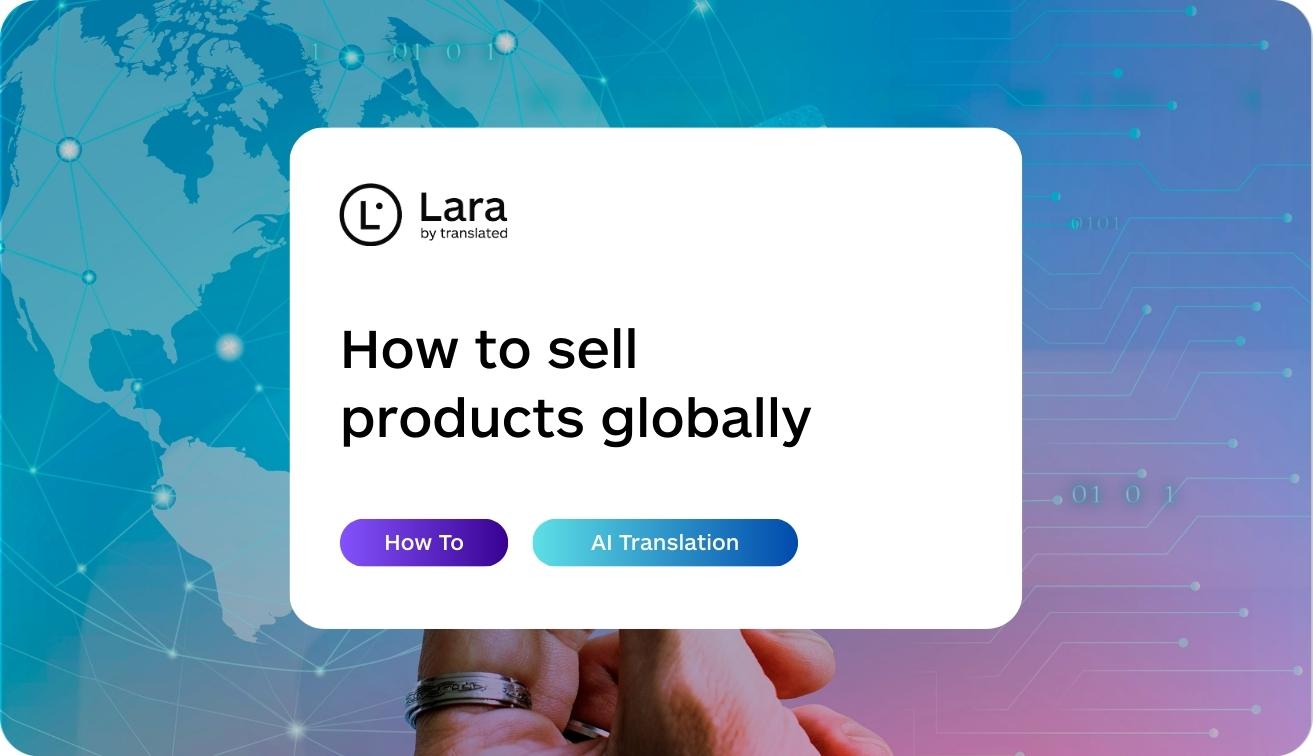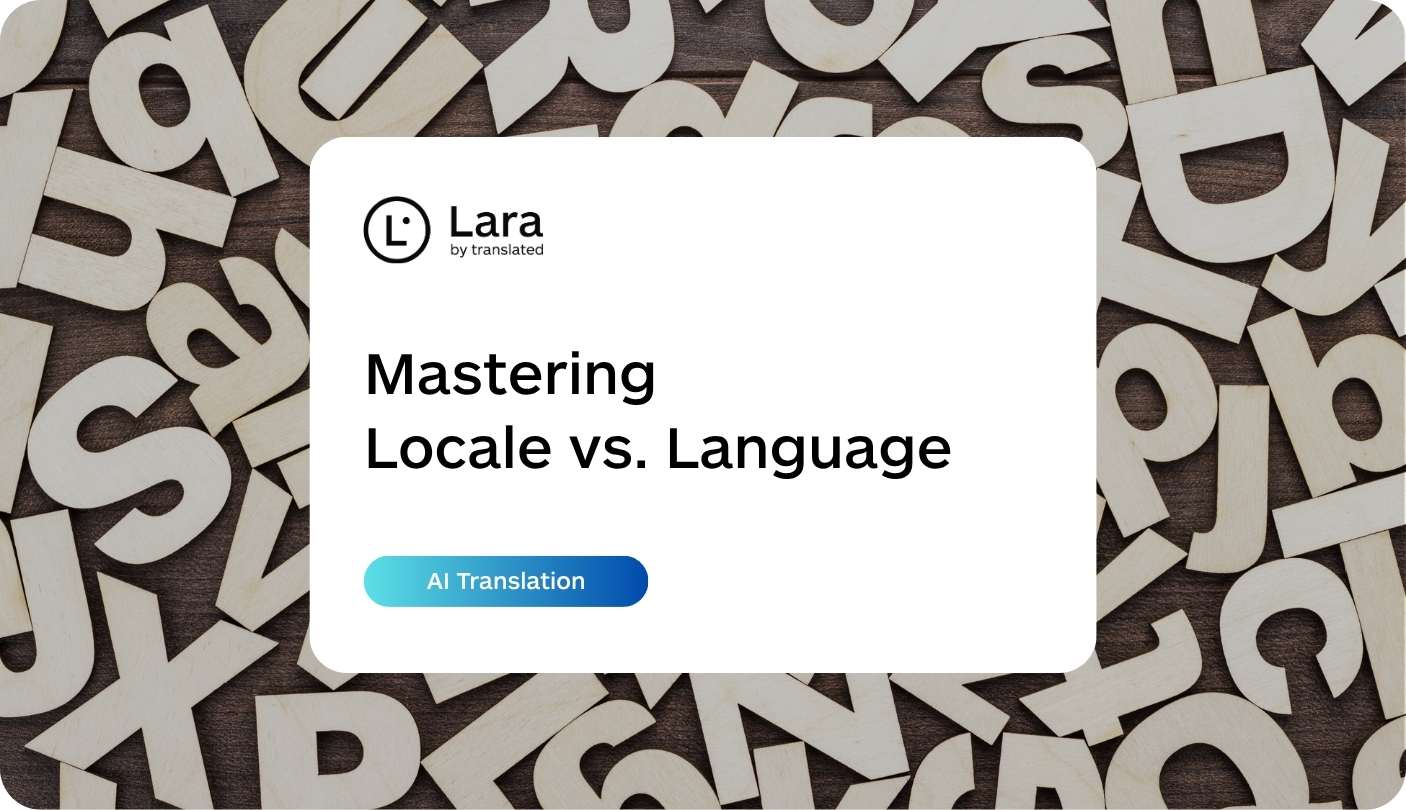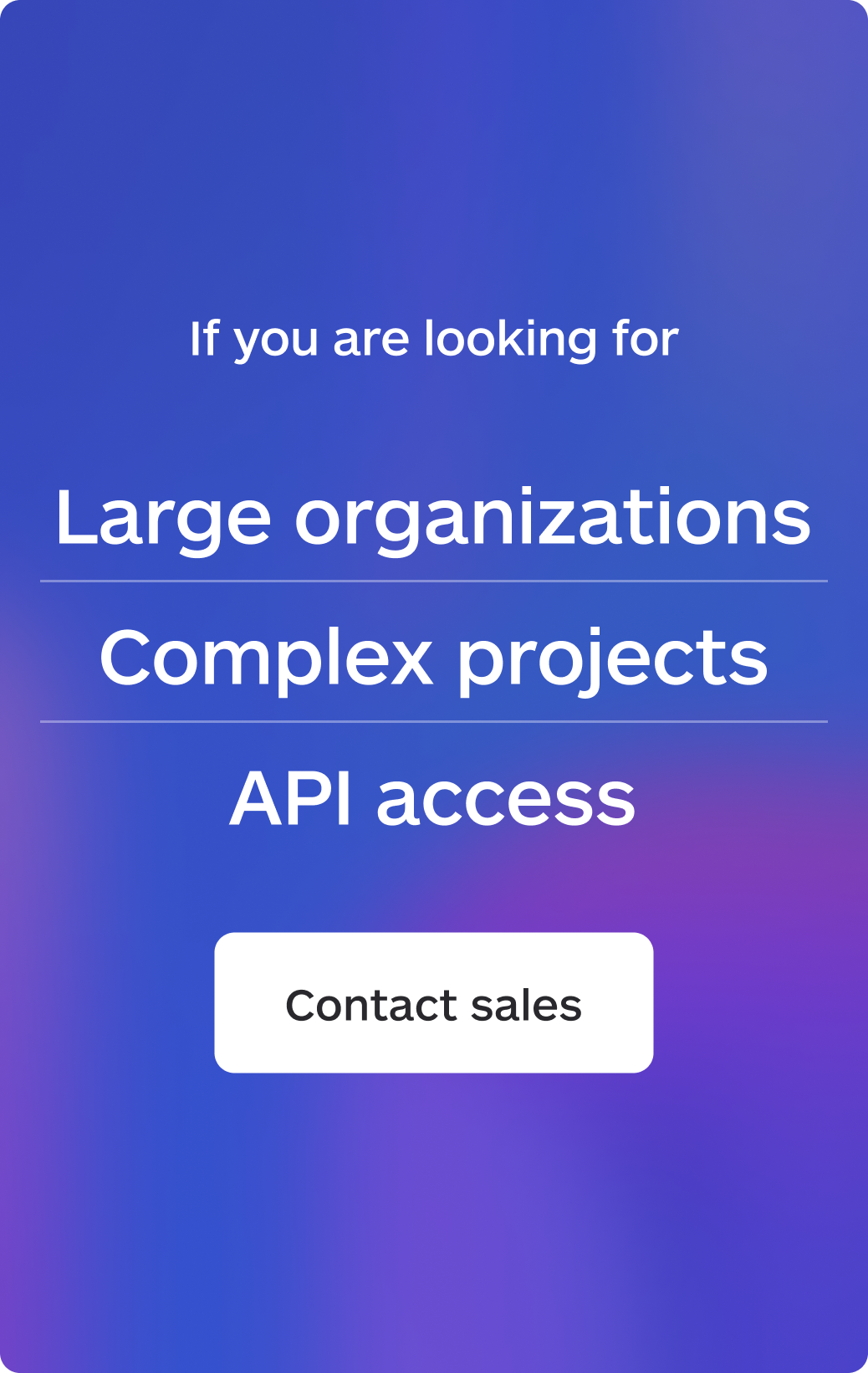Creating a multilingual e-commerce store isn’t just about adding a few translated pages; it’s about fundamentally transforming how you connect with customers worldwide. As e-commerce continues breaking down geographical barriers, the benefits of multilingual online stores extend far beyond simple language translation, touching every aspect of your business from customer experience to revenue growth.
The digital marketplace has evolved into a truly global arena where language preferences drive purchasing decisions. When shoppers encounter content in their native language, they don’t just understand your products better, they feel valued, trusted, and more likely to complete their purchase. This emotional connection forms the foundation of successful international e-commerce expansion.
Why language support matters for modern businesses
The statistics surrounding multilingual e-commerce paint a compelling picture. Research consistently shows that 65% of customers prefer content in their native language, while 40% refuse to purchase from websites that aren’t available in their preferred language. They’re deal-breakers that directly impact your bottom line (source: Localazy, CSA Research).
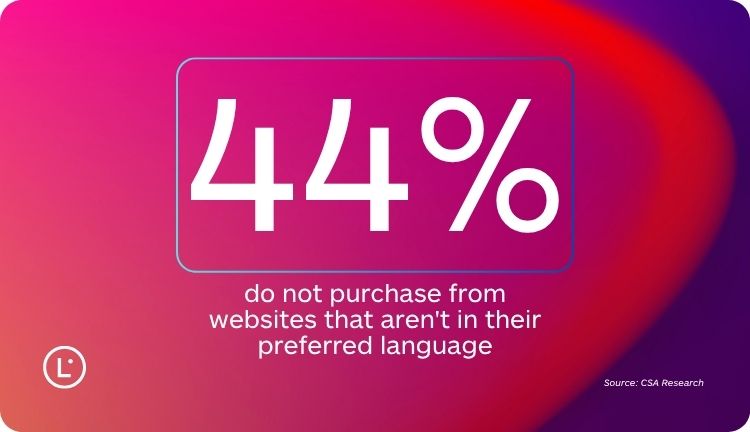
Multilingual features have evolved significantly to address these needs, providing store owners with increasingly sophisticated tools to reach global audiences. Platforms recognize that successful international expansion requires more than basic translation capabilities ; it demands a comprehensive approach to localization that considers cultural nuances, local payment preferences, and regional shopping behaviors.
Modern consumers expect personalized experiences that extend to language preferences. When you translate your e-commerce store, you’re not merely converting words from one language to another, you’re creating culturally relevant experiences that resonate with diverse customer bases. This level of personalization has become a competitive necessity rather than a luxury feature.
Core benefits that drive business growth
The translation advantages manifest across multiple business dimensions, creating a compounding effect that amplifies your overall success. Revenue expansion represents the most obvious benefit, with businesses typically seeing conversion rate increases of 13% or more when implementing proper multilingual functionality (source: Emplicit).
Customer trust develops more naturally when shoppers can navigate your store in their preferred language. This trust translates into reduced bounce rates, longer session durations, and higher average order values. The psychological comfort of shopping in one’s native language removes friction from the purchasing process, making customers more likely to explore additional products and complete transactions.
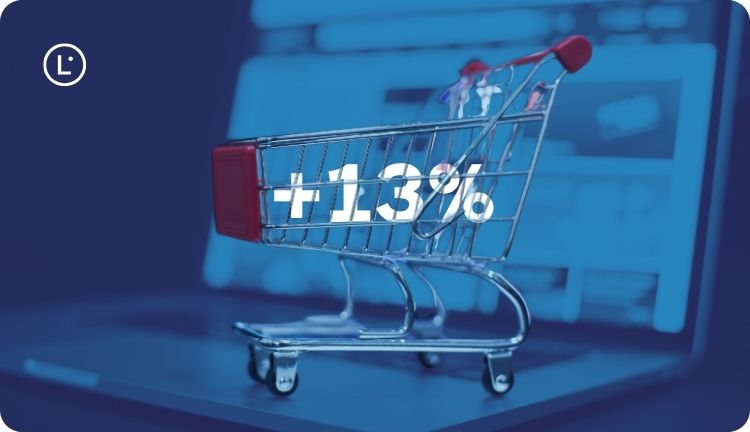
Search engine visibility improves dramatically when you implement proper localization benefits. Each language version of your store can rank for keywords in that specific language, effectively multiplying your organic traffic potential. This SEO advantage becomes particularly valuable in markets where English-language competition may be less intense.
Brand perception shifts when customers encounter professional, culturally appropriate translations. Your business appears more established, trustworthy, and committed to serving international markets. This perception advantage helps differentiate your store from competitors who may only operate in English or provide poor-quality automated translations.
The operational efficiency gains from using translations to grow sales extend beyond immediate revenue increases. A well-structured multilingual store reduces customer service inquiries, as customers can find information independently in their preferred language. Support ticket volume often decreases significantly when product descriptions, policies, and FAQ sections are available in multiple languages.
Understanding multilingual capabilities for e-commerce
Multilingual support for e-commerce stores involves understanding both native capabilities and third-party solutions. Many e-commerce platforms provide foundational internationalization features, allowing basic language switching and currency conversion. However, these built-in tools often require significant manual translation work and may not meet the needs of businesses targeting multiple markets simultaneously.
The platform’s theme ecosystem includes many templates designed with multilingual functionality in mind. These themes typically include language switchers, RTL (right-to-left) text support for languages like Arabic and Hebrew, and flexible layouts that accommodate text expansion common in languages like German or Finnish.
E-commerce language settings extend beyond simple text translation. Modern multilingual implementations must consider date formats, measurement units, cultural color preferences, and even product categorization systems that may vary between regions. Successful stores address these nuances to create truly localized experiences.
Third-party applications have emerged to fill gaps in native multilingual support. These solutions often provide more sophisticated translation management, automated SEO optimization, and integration with professional translation services. The choice between native and third-party solutions depends on your specific requirements, technical resources, and growth objectives.
Professional translation at scale: the Lara Translate advantage
One of the most effective ways to scale multilingual operations without compromising quality is to adopt translation technologies built specifically for business contexts. Lara Translate stands out in this regard by combining AI-powered speed with enterprise-grade precision. Unlike general-purpose tools, Lara is trained on professionally reviewed documents and optimized for business use, including e-commerce-specific terminology.
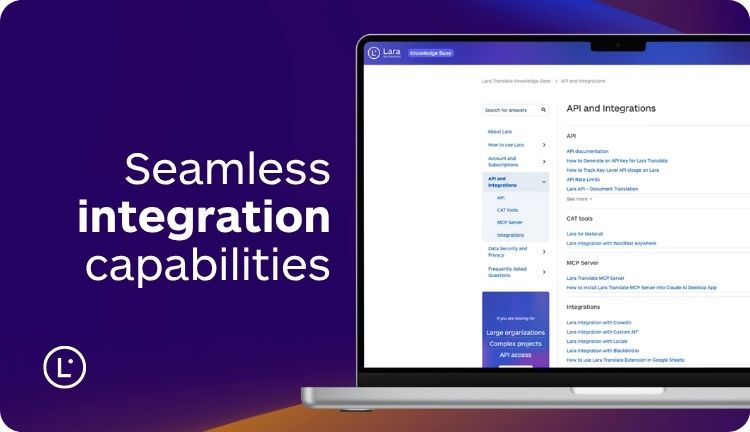
Its advanced contextual understanding ensures that product descriptions, marketing materials, and checkout flows preserve meaning, tone, and brand voice across multiple languages. Thanks to seamless integration capabilities, Lara Translate can be embedded into your localization workflow—automating translations while allowing for human review where needed. This hybrid approach reduces time-to-market for new language launches and ensures consistent, high-quality customer experiences worldwide.
Strategic implementation for maximum impact
Successfully implementing how to add multiple languages to an e-commerce store requires strategic planning rather than tactical execution. Begin by analyzing your customer data to identify which languages represent the highest potential return on investment. Traffic analytics, customer inquiries, and abandoned cart data often reveal untapped language markets within your existing audience.
The sequence of language implementation matters significantly. Rather than attempting to launch multiple languages simultaneously, consider a phased approach that allows you to refine your process and measure results before expanding further. This methodology reduces complexity while providing valuable learning opportunities that improve subsequent language launches.
Internationalization success depends heavily on maintaining consistency across all customer touchpoints. Your multilingual strategy should encompass product pages, checkout processes, email communications, customer service responses, and marketing materials. Inconsistent language implementation creates confusion and erodes the trust you’re working to build with international customers.
Content prioritization becomes crucial when managing multilingual stores. Not every piece of content requires immediate translation; focus first on pages that directly impact purchasing decisions. Product descriptions, shipping information, return policies, and checkout processes should take priority over blog posts or detailed company history pages.
FAQs
How much do multilingual e-commerce translations typically cost?
Translation costs vary significantly based on quality requirements and implementation approach. AI-powered solutions offer cost-effective alternatives to traditional human translation services, often reducing expenses by 60-90% while maintaining professional quality standards. The key is balancing cost efficiency with the quality needed to maintain your brand reputation in international markets.
Can I use automated translation for my entire e-commerce store?
While AI translation technology has advanced dramatically, successful multilingual stores typically combine automated translation with human oversight for critical content. Product descriptions, legal policies, and customer service materials benefit from human review to ensure cultural appropriateness and legal compliance. However, modern AI tools can handle the majority of content translation tasks effectively when properly configured.
How do I handle SEO for multiple languages in my e-commerce store?
Multilingual SEO requires dedicated keyword research for each target language rather than simply translating English keywords. Search behavior varies significantly between cultures and languages. Proper implementation includes hreflang tags, localized URL structures, and translated metadata.
What’s the best way to display language options to customers?
Language switchers should be prominently displayed, typically in the header or navigation area where customers expect to find them. Use recognizable language indicators such as flag icons combined with language names in their native script. The switcher should be visible on every page and maintain the customer’s position within your store when switching languages.
This article is about
- Understanding the essential benefits of multilingual online stores for e-commerce growth and customer satisfaction.
- Exploring multilingual features and how they enable global market expansion.
- Learning practical strategies for implementing multilingual e-commerce store benefits across your business.
-
Leveraging professional translation tools like Lara Translate to scale international e-commerce without sacrificing quality
-
Improving multilingual SEO and customer trust through culturally relevant, localized content

Have a valuable tool, resource, or insight that could enhance one of our articles? Submit your suggestion
